|
By Kourtney LaFavre Hey Everyone! I'm glad to be here sharing about...drumroll please... back matter! As a self certified nerd, I always love exploring back matter in books. The purpose of back matter in kidlit is to add interesting tidbits that maybe didn't fit into the narrative. It's an incredible opportunity to incorporate more information that enriches and expands a book's appeal. I'm going to share some fantastic examples that range from simple to complex in both nonfiction and fiction. I got too excited doing the research so I have LOTS of examples for you! Here we go... ZAP! CLAP! BOOM! The Story of a Thunderstorm by Laura Purdie Salas, illustrated by Elly MacKay, follows the weather of a thunderstorm from before the first raindrop falls till the breathtaking moment when the sky emits lightening and thunder, and then the clearing of the storm. The back matter has two pages which includes a note from the author about her experiences with thunderstorms while living in Florida. She also shares the science behind where the rain comes from, how lightning forms, and the sound of thunder. It's the perfect introduction to weather science and the forces that work together to create a thunderstorm. Websites and books are also shared for further exploration. Mama Built a Little Nest by Jennifer Ward, illustrated by Steve Jenkins explores the wonderful variety of nests birds build for their babies. The back matter is shared in the form of a note from the author about a hummingbird nest built right outside her kitchen window, which sparked many questions about the ingenuity behind the process. She also offers some more insight into the skilled, inventive, and adaptability of avian habitat design. If You Come to Earth by Sophie Blackall is a moving picture book created as a comprehensive guide to Earth, with a clear message to care for Earth and others. The author uses the back matter as an opportunity to share about where the idea for the book came from, her experiences talking with children all over the world, and some beautiful philosophical thoughts on humanity and what we all share: the planet on which we live. Have You Heard the Nesting Bird by Rita Gray and pictures by Kenard Pak is a beautiful book sharing the sounds of various birds, while a silent mother bird waits in her nest, waiting for the sounds of her eggs hatching. The back matter here comes in the form of an interview of the mama bird. With questions like "Why are you so quiet in your nest? Where is the father bird? Do you ever leave the nest?" And so on. It's one of my favorite examples because it's so unique and fun! Home in the Woods by Eliza Wheeler tells the story of 6 year old Marvel. Her siblings and mother start over again after her father has died. At first their tiny, tar-paper shack doesn't feel like home, but soon they find joy being together, surrounded by nature. The author/illustrator uses the back matter to share how her family history was the basis for the book. "This book is inspired not only by the stories from their childhood, but by the entire generation that experienced the Great Depression. They will soon be gone, and if we haven't yet collected their stories, the time is now." It ends with a B&W family photo. The Universe in You by Jason Chin, dives into the microscopic building blocks of life in a way that is engaging and accessible to readers (an incredible feat). The back matter here is extensive, offering 2.5 spreads worth of scientific information: atoms, molecules, the periodic table of elements, cells, DNA...it's a science lover's playground! It ends with an Author's note, illustration note, and acknowledgements. The Bug Girl (a true story) by Sophia Spencer and Margaret McNamara, illustrated by Kerascoet, is the real life story of 7 year old Sophia Spencer, her love for bugs, and experiences being bullied for her love of bugs. The back matter covers 3 full spreads of super cool bug facts, Sophia's top four bugs (and why), and how to study bugs in the wild. Crow Spirit by Debra Bartsch and illustrated by Gael Abary, is a heartwarming story about family, love, and the comfort to be found in spiritual connection with those who have passed on. The back matter is 2 full spreads sharing fun facts about crows and a snicker doodle recipe from the author's grandmother. And speaking of recipes reminded me of Jen Malia's Too Sticky! Sensory Issues with Autism, illustrated by Joanne Lew-Vriethoff. The back matter here includes a recipe for slime, how fun! And the author’s note mentions her own and daughter’s personal experiences as autistic kids with sensory differences and some facts about autism and sensory differences. Wow, thanks for sticking with me and exploring all the different ways to enrich and expand picture books with back matter. Do you have a favorite example? Have a book coming out with back matter? Please share in the comments, we'd love to hear about it!
by Bryan Patrick Avery I got stuck a few weeks ago. It happens to every writer, eventually. Characters refuse to cooperate, dialogue sounds like something created by poorly programmed AI, or plot points get swallowed up by gaping plot holes. So, what to do when this happens to you? I found the answer to my latest literary crisis in an unexpected place: Japanese comics. Yonkoma, sometimes called 4 Koma, is a comic strip technique popularized in Japan which has become a staple in comic strips. The intent of Yonkoma is to tell a story using four panels of equal size and structure. This gives equal space to each part of the story. The plot is broken down like this: Panel 1 This is the introduction. It sets the stage for everything that follows by introducing the setting, the characters, and anything else we need to know. Panel 2 The second panel kicks of the action. Once we’ve learned where we are and who we’re with, we can set everything on motion. That happens in this panel. Panel 3 Once everything is set in motion, this panel reveals a surprise or twist that moves the story in a new direction. Panel 4 This panel is the punchline, the payoff, or the conclusion. It wraps up the story in a satisfying way. And that’s it. It’s a key format in many comics including Nathan W. Pyle’s Strange Planet and Charles Schultz’s Peanuts. You may be wondering, “How can this help me with my writing?" Here’s how:
If you’re struggling with entire plot of your work in progress, try boiling the plot down to those four panels. If you write using the three act structure, think of Panel 1 as your Act I, Panels 2 and 3 as Act II, Panel 4 as Act III. This will help you boil your story down to its essential pieces. If you’re struggling with a particular scene, try breaking the scene down into panels. Again, this will help you locate the key parts of your scene. Obviously, when it comes to writing, you’ll be able to embellish a bit, but you’re have a blueprint for the scene that will keep you on track. If you're struggling to develop your characters, you can create a four panel plot that shows two or more of your characters interacting. The restricted space will, again, help you focus on what’s essential for your story. Give a try and see if this approach can help you like it helped me. That’s all for this month, Happy writing and have a magical month. By Melissa Stoller This is a great month to skip, dash, and MARCH toward ideas! Here are a few exercises to help inspire your next story or to add details to a current manuscript: 1) Write out the word “MARCH” and then brainstorm thoughts that spring to mind. I think about marching in parades. I also remember Jo March from the novel Little Women. Finally, I visualize months of the year. Does anything on your list inspire a story idea? 2) Jot down some childhood memories of activities you remember doing in the month of March. For me, there was often snow in March, and I remember sledding. Go through your list and notice trends that stand out that could form a story arc. 3) Next, note any travel experiences you have had during the month of March. Family spring break trips to a beach destination immediately surface. Jot down memorable sights, foods you enjoyed, and any souvenirs you brought home. Do any of these experiences lend themselves to your current work? 4) Finally, look outside your window during the days and the evenings. What do you see? Where I live, flowers often start sprouting toward the end of the month. Also the stars are bright on a clear night. Include some sensory details you note in your manuscripts. This month, MARCH toward collecting ideas from brainstorming, remembering past experiences, and observing your surroundings. I hope this will help spark your creativity. Let me know in the comments. (Image from Canva)
MELISSA’S BIO: Melissa Stoller writes to bring connection, joy, and a bit of magic to her readers. She is the author of the chapter book series The Enchanted Snow Globe Collection - Return to Coney Island, and the picture books Scarlet’s Magic Paintbrush; Ready, Set, GOrilla!; Sadie’s Shabbat Stories; Planting Friendship: Peace, Salaam, Shalom; and Building Bridges: Peace, Salaam, Shalom (co-written with Callie Lovvorn and Shirin Rahman). Melissa is a Blogger and Course Assistant for the Children’s Book Academy, a Rate Your Story Judge, a volunteer with SCBWI/MetroNY, a Book Meshuggenahs member, a Westhampton Beach Performing Arts Center Advisory Council member, and a past school and synagogue Trustee. She also interviews authors and offers resources on her blog. In other chapters of her life, Melissa has worked as a lawyer, legal writing instructor, freelance writer/editor, and early childhood educator. She lives in New York City with her family, and enjoys theatre, museums, and Central Park walks. Melissa is represented by Jonathan Rosen at The Seymour Agency. By Shirin Shamsi I’m so thrilled and honored that the wonderful Mira Reisberg invited me to write for BLOGFISH. I’m excited for all that 2023 holds, and to see what unfolds in the coming months. March signals the arrival of spring. It brings with it optimism and hope. This March will be extra special, as it’s also the month of Ramadan, which is the 9th month of the Muslim lunar calendar. Growing up in the UK, my parents were Pakistani immigrants, at a time when there were few. Even teachers knew little about my culture or background. There was no representation in the books I read. This is one reason why I became passionate about writing books, first for my own children, and now for all children. One of my first stories was about Ramadan. Well, it was about a girl, her family and it was set during the month of Ramadan. Why do I focus on multicultural books? That’s simply my default. I write from my background, my history, my culture. It’s important. Everyone has a history that is specific to them. Every story is important. Until every child is represented in books, we as writers must keep creating books for all children everywhere. Tip: Write your family history! Interview the senior members of your family, for their stories. There are treasures to be found in the memories of our seniors. Have fun treasure-hunting!
|
We are so excited to be mixing things up at CBA, beginning with some delicious additions to the Blogfish. Meet our awesome bloggers!!
Here's our lineup: 1st Mondays begin with former school psychologist Dr. Debra Collins who will be writing about Social emotional Learning in kidlit and behind the scenes as well as Jewish children's books. 2nd Mondays will feature super smart Melissa Stoller whose career is taking off with several new books. 3rd Mondays will feature our new blogger coming soon. 4th Mondays features new blogger, the fabulous Brentom Jackson, who has a beautiful approach to blogging. And 5th Mondays we'll be taking a break Archives
July 2024
|
|
Discover
|
About Us
|
Join Us
Join our Community and receive a fabulous free gift, KidLit tips, newsletters, scholarship info, contests, and more!
Join our KidLit Mentorship |
Social Media
Interact with our FaceBook Group or follow us on:
|
© 2010-2024 All content on this website is copyrighted. Sorry, all courses are non-refundable.

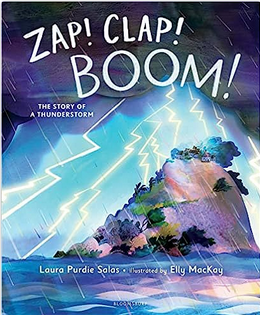
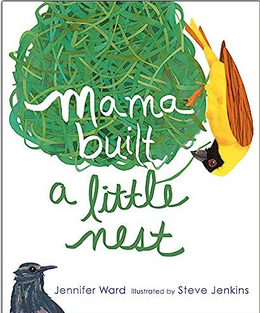
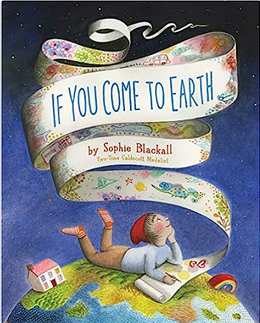
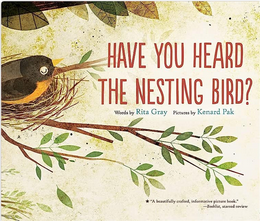
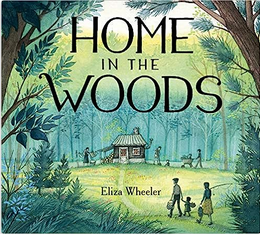
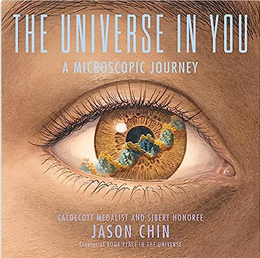

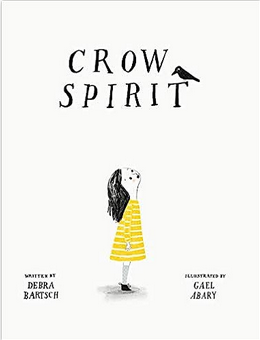
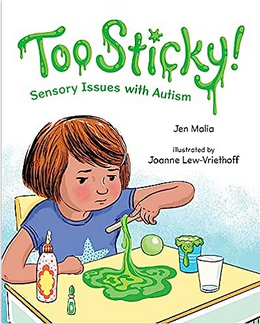
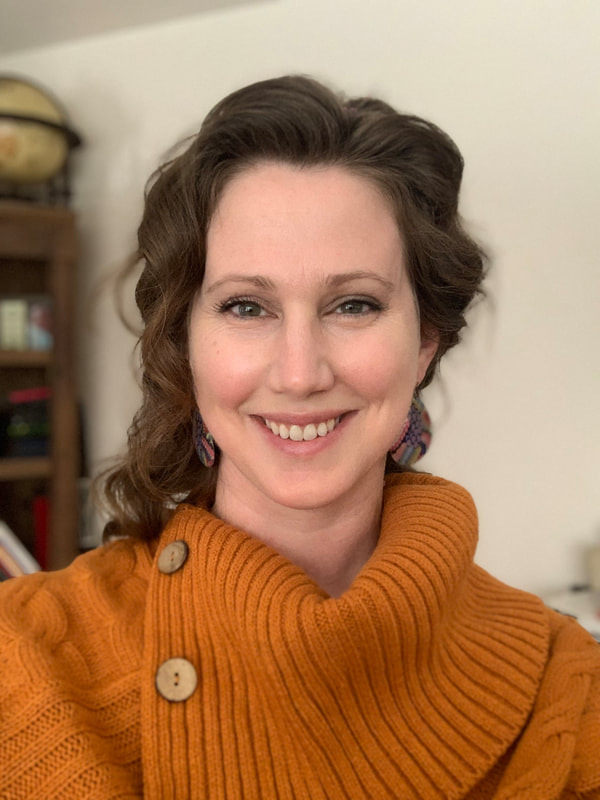
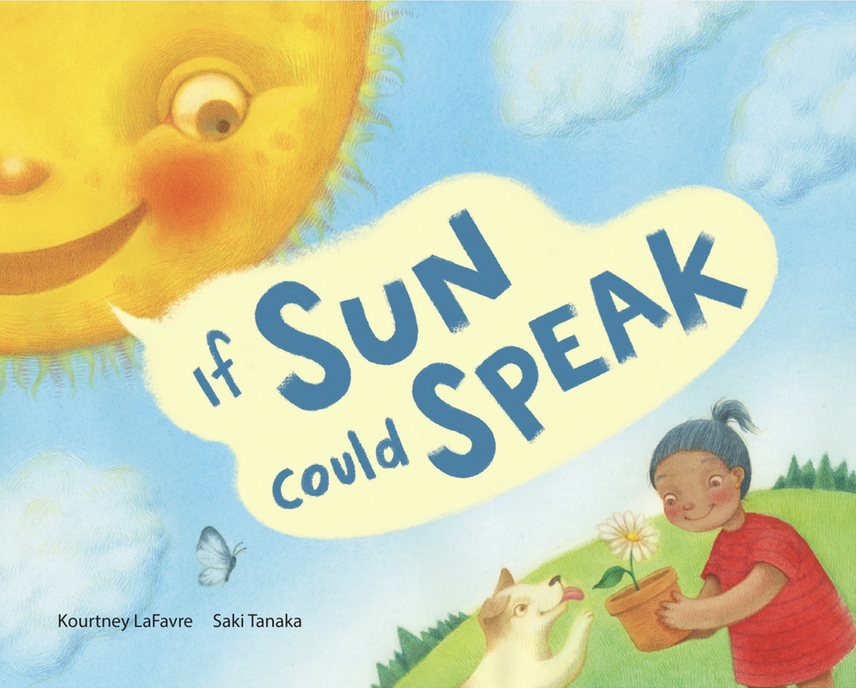


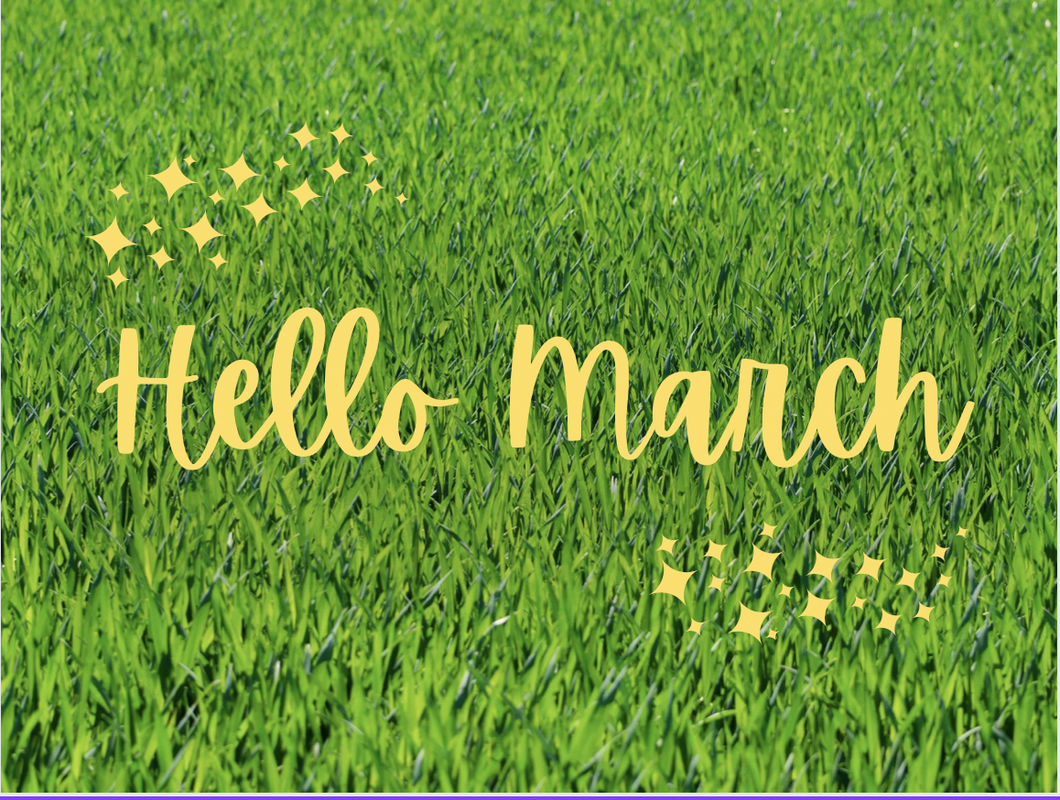

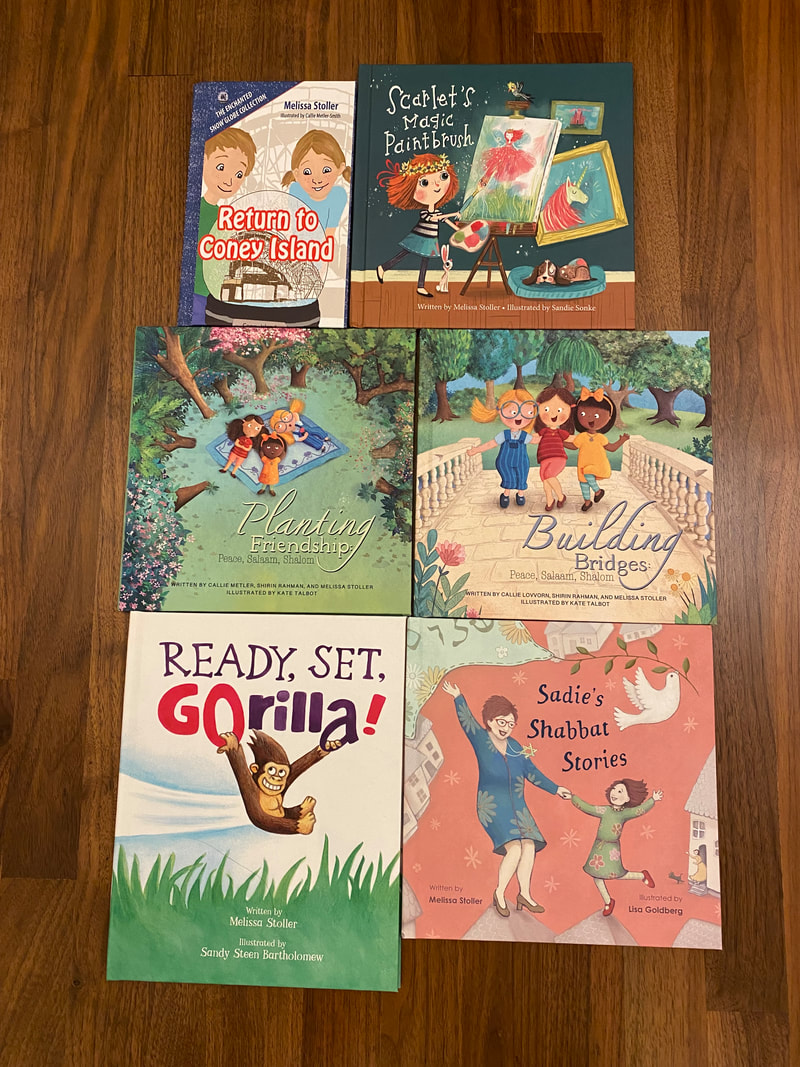


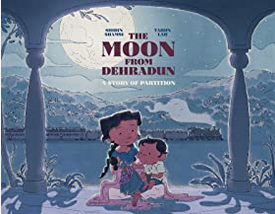
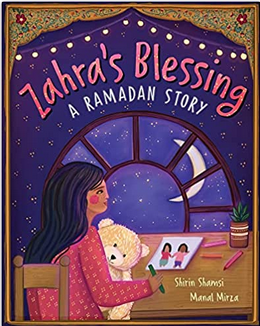
 RSS Feed
RSS Feed
